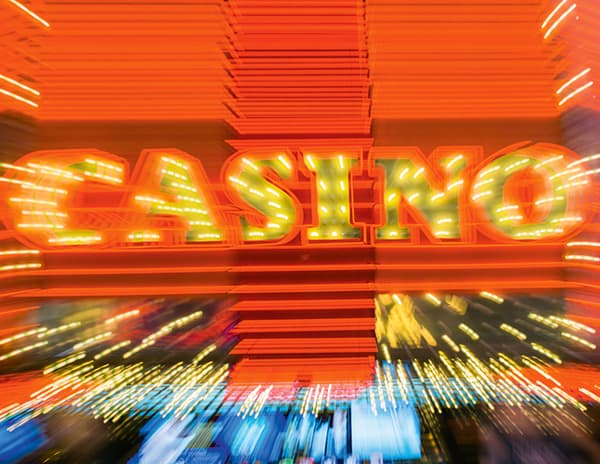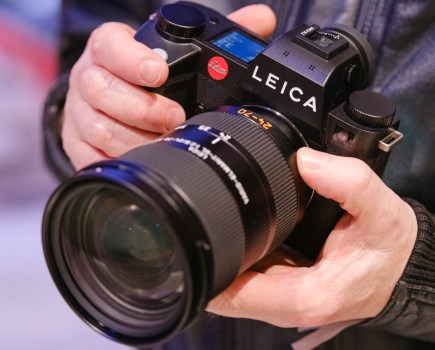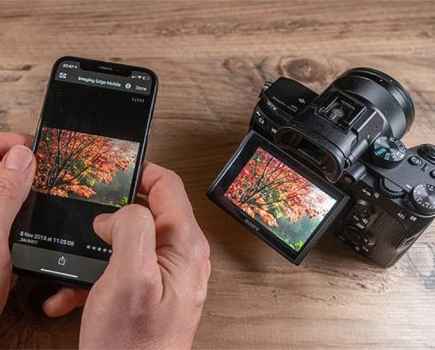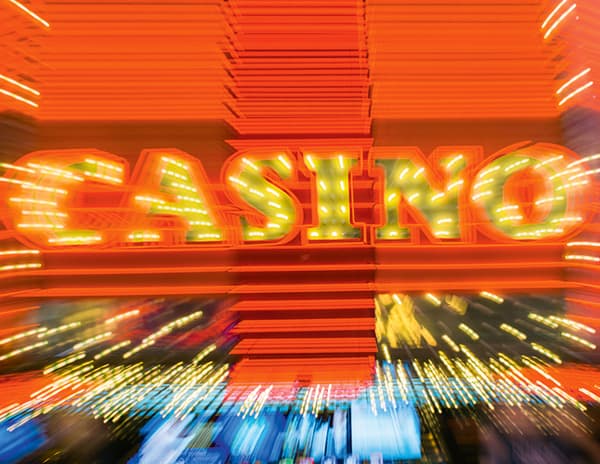
While blur is a pain when you want to keep all aspects of a shot pin sharp, such as an image of a sweeping landscape or formal portrait, it’s a creative tool when used deliberately. There’s something about the controlled application of blur that marks you out as a creative photographer, and it cannot be replicated simply and convincingly with software, or on a smartphone. You don’t need much specialist gear, either, as I explain here.
Panning

A shutter speed fast enough to keep the vehicle sharp but slow enough to blur the background while panning is the key to getting such an image
When photographing fast-moving vehicles it’s often thought that one needs a very high shutter speed to freeze everything. Well, yes and no. While nothing is worse than missing half a car or bike whizzing past as your camera settings aren’t fast enough, simply freezing the vehicle can make it look static. Because of the way our eyes work, you often get a stronger sense of speed by keeping the moving vehicle relatively sharp while blurring out the background – panning, in other words. Panning involves tracking the vehicle by smoothly swivelling from your hips. Here’s how to pan like a pro:
- Depending on the vehicle’s speed, set a shutter speed fast enough to keep it sharp but slow enough to blur the background as you pan. Try 1/75sec as a starting point for faster cars and increase or decrease as necessary.
- Accurate focusing is essential to keep the subject sharp. Either follow the vehicle with continuous focus or prefocus manually on an area the vehicle will pass.
- Start tracking the subject with your lens as it moves into the frame and keep tracking it as moves out of the frame. Don’t stop as soon as you press the shutter button as the panning effect won’t work.
Zoom burst
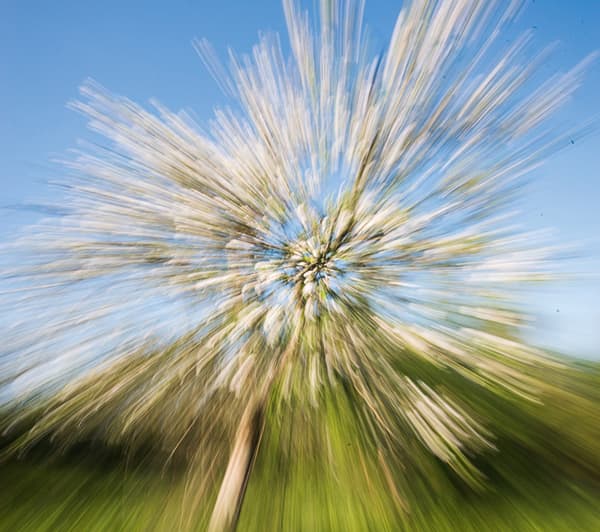
The zoom burst technique helps pull the viewer into the centre of the image
A zoom burst is another cool slow-shutter technique; it involves rapidly twisting your lens in and out as you take the shot. Zoom burst is a novel way to convey dynamic movement, but it can also give a hallucinogenic, psychedelic feel to a variety of subjects.
- Zoom burst only works with zoom lenses with a sturdy manual zoom – don’t try it with delicate electronic zoom mechanisms.
- Set your shutter speed according to whether your subject is moving or still. Try 1sec or 2secs as a starting point, using a narrower aperture, and adjust as necessary to avoid overexposure. Keep the ISO sensitivity low and shoot in raw so you can easily adjust the white balance.
- Switch to manual focus for the greatest control and rapidly twist the zoom in and out as you take the shot. The idea is to ‘pull’ the viewer into the centre of the image, giving shapes, lights and lines a warp-speed effect.
Motion blur with crowds
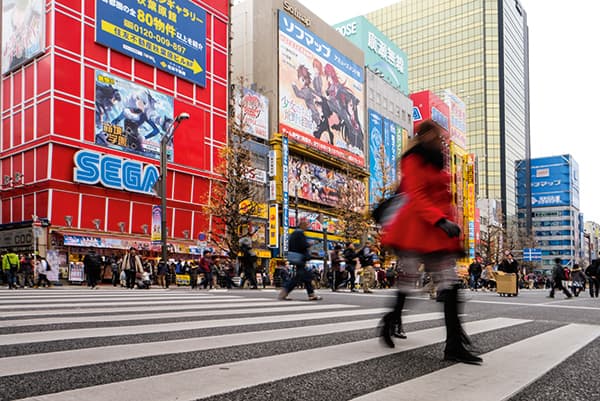
Focusing on the background and waiting for an interesting person to walk past makes a creative image
Lots of people milling around interesting buildings can be a pain for travel and documentary photographers, so why not deliberately blur the hordes for creative effect? Again, the idea is to carefully control blur so it conveys movement and activity, while keeping part of the image sharp. Here’s how to get it right every time:
- The easiest way to get this effect is to turn on image stabilisation on your lens and camera, enabling you to slow the shutter speed down to about 1/15sec while still shooting handheld.
- Carefully focus on the background, using single-point AF or manual focus, then wait until somebody interesting walks past. They should appear blurred. Alternatively, focus on one static person in a crowd and then allow other people to blur out as they mill around them.
- To guarantee critical sharpness where it needs to be, use a tripod or support. You may also need to use a variable ND filter to prevent overexposure at slow shutter speeds.

